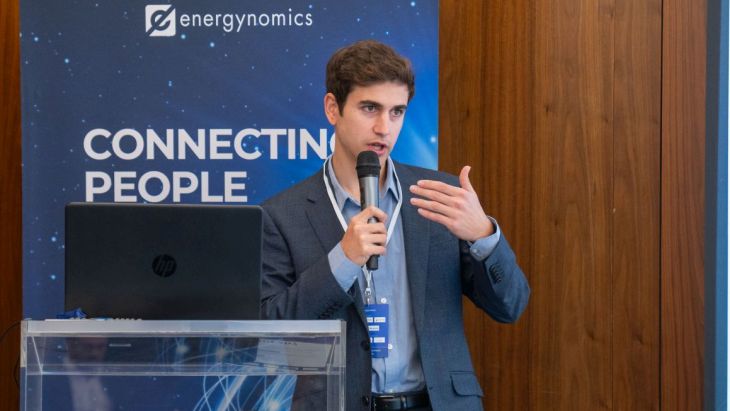Greece and Romania together are projected to record a demand of around 140 TWh of electricity by 2040, and this means that these two countries could lead the way in all developments in Southeastern Europe, according to Panos Kefalas, Senior Associate at Aurora Energy Research specializing in Southeastern European Power Markets.
“What will happen in these two countries will set the pace for the entire region. It’s imperative for these two countries to claim a wider part of the pie in Southeastern Europe,” he emphasized, at the round table “Regional Approach Athens – Cooperation”, organized by Energynomics.
According to Kefalas, the renewable energy industries in Romania and Greece encounter very similar challenges that revolve around ensuring sustainability, energy security, and driving the energy transition.
In Romania, the development of the renewable energy industry wouldn’t have progressed as rapidly if there hadn’t been a void left by the closure of coal mines. While Romania lost some time between 2017 and 2023 in installing new green projects, is expected to experience a similar growth trajectory over the next six years like Greece had.
Another notable difference is Romania’s extensive discussions on Contracts for Difference (CfDs) without their implementation, whereas Greece has had CfDs in place since 2019. Although Romania’s CfD implementation has been delayed since November last year, it is anticipated to occur in the future and even a partial implementation of CfDs would provide significant leverage for attracting additional renewable projects in the market.
Governments may be reluctant to subsidize renewable projects of hundreds or thousands of megawatts, but such subsidies may not be sustainable in the long run.
DOWNLOAD THE PRESENTATION OF PANOS KEFALAS
“From 2025, there is a risk of price cannibalization on solar and wind projects. The more wind and solar projects are integrated into the system, the more they tend to cannibalize their own prices,” Kefalas added.
Both Greece and Romania offer promising opportunities. Romania is already the largest market in Southeast Europe, and it is expected to maintain this position with the electrification of heating, transportation, and the future production of green hydrogen, leading to significant growth. Despite facing challenges in installing offshore wind, both countries see this as an opportunity for cooperation, Kefalas concluded.
The working table “Regional Approach Athens – Cooperation” was organized by Energynomics with the support of our partners: Elektra Renewable Support, Kawasaki Gas Turbine Europe GmbH, Parapet GmbH, TUV Nord, WALDEVAR Energy.
